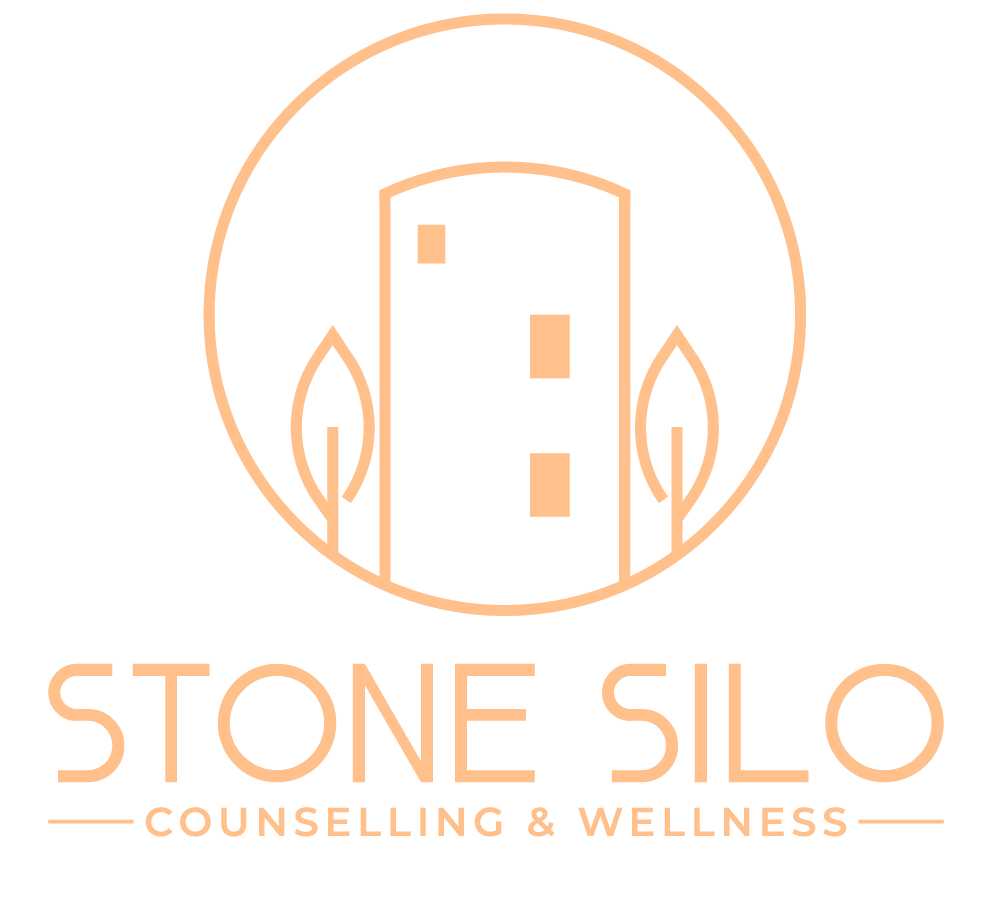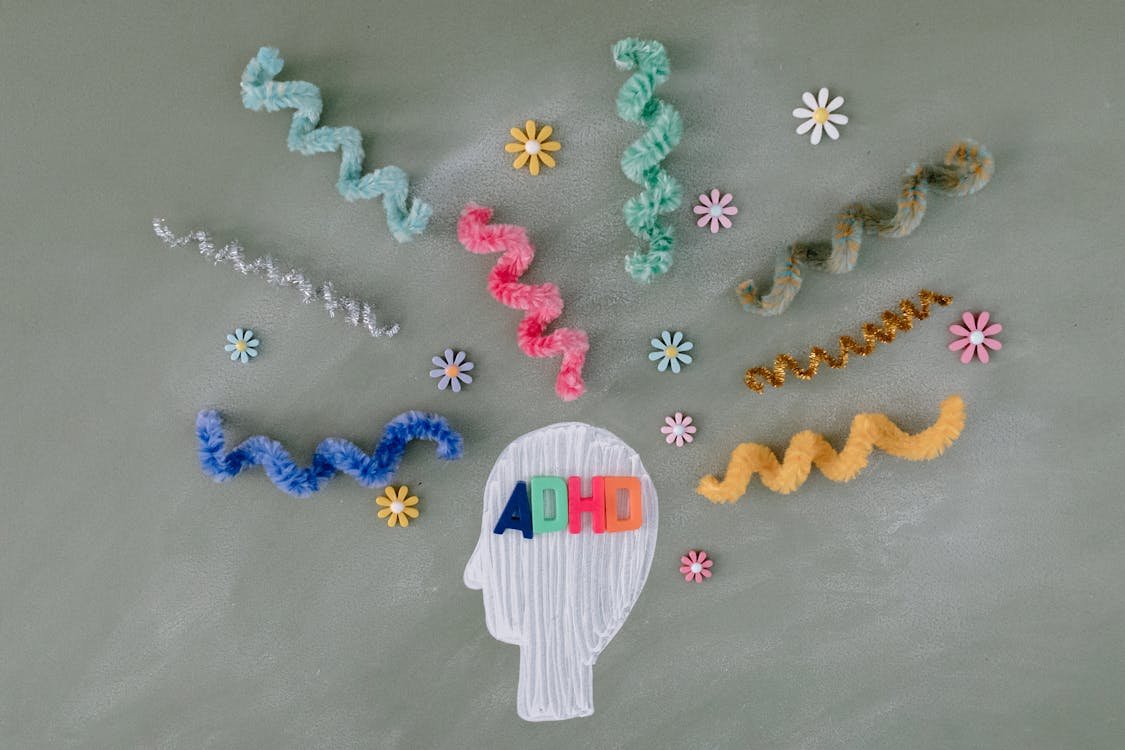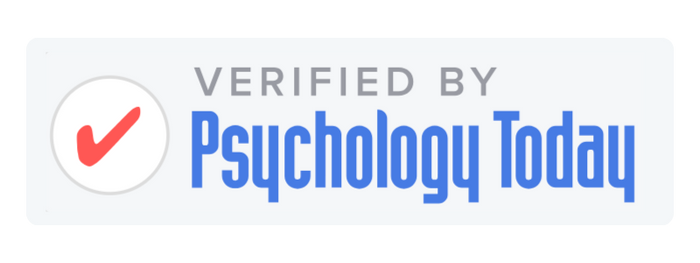Living with ADHD is like being the captain of a ship on unpredictable seas. One moment it’s smooth sailing, and the next, you’re battling through a storm. But what if there was a way to help steady the ship? Exercise, in all its forms, might just be the stabilizing force you need. It’s a powerful tool for anyone navigating the waters of ADHD.
Neurobiological Impact of Exercise on ADHD
Let’s get into a bit of science. Our brains are complex networks, buzzing with neurons and neurotransmitters. When we exercise, it’s not just our muscles getting a workout – our brain chemistry gets a boost too. For those of us with ADHD, physical activity helps fine-tune our brain’s messaging system, balancing out chemicals like dopamine, serotonin, and norepinephrine. These messengers are key players in managing our mood, attention, and ability to control impulses.
Research tells us that working out regularly helps make our brains sharper. This means getting better at staying focused, managing our impulses, and organizing our plans. Imagine this, activities that usually require a lot of focus or careful planning start to feel easier. And it’s all because of enjoyable activities, like going for a run in the morning or doing yoga in the evening.
Finding the Right Exercise for ADHD
Finding the right exercise for you means seeing how different activities help with ADHD. Each one offers different benefits for managing ADHD better:
- High-Intensity Interval Training (HIIT): HIIT workouts are quick and energetic. They’re perfect for people with ADHD because they offer a series of fast exercises that help keep your mind and body active. This type of workout is awesome for getting rid of extra energy and helping you concentrate better, all in a short time.
- Team Sports: Sports like soccer, basketball, or hockey offer the dual benefits of physical exercise and social interaction. The structure and teamwork involved can help improve communication skills, while the fast pace keeps the mind actively engaged.
- Yoga and Tai Chi: These mind-body practices emphasize slow, controlled movements and mindfulness, aiding in stress reduction and improving concentration. The focus on breathing and being present can be particularly grounding for those with ADHD.
- Outdoor Activities: Activities like hiking, biking, or even gardening can be especially therapeutic. The combination of physical activity and being in nature can help reduce stress and promote a sense of calm, improving overall well-being.
- Swimming: The repetitive nature of swimming laps can have a meditative effect, helping to soothe the mind and improve focus. The sensory experience of being in water can also be calming for those with sensory processing sensitivities.
- Martial Arts: Disciplines such as karate, judo, or taekwondo are excellent for improving self-discipline, focus, and respect for oneself and others. The structured nature of martial arts training provides a clear framework and progression path, which can be motivating and rewarding.
- Dance: Dance combines creativity with physical activity, allowing for expression while improving physical fitness. The rhythm and flow of dance can help enhance focus, coordination, and spatial awareness.
Every one of these exercises offers a special way to help with ADHD symptoms. The key is to test out different kinds to discover what you enjoy the most. The aim is to find an exercise that not only eases ADHD symptoms but also adds fun and joy to your day.
Crafting Your Perfect Exercise Schedule
How much exercise do we need to help with ADHD? It turns out that doing it often and regularly matters more than how long each session lasts. Quick, everyday activities could help control ADHD symptoms. They’re great for keeping a good mood, staying sharp, and having the right amount of energy all day.
Sticking to a Schedule Helps: Keeping a regular exercise schedule can ease some ADHD-related challenges, like organizing and managing time. Having a set time each day for moving around creates a routine that can make ADHD easier to handle.
Keep It Brief and Fun: You don’t always have to go for long workout sessions. Try splitting up your exercise into shorter bits, about 10 to 15 minutes each, spread throughout the day. This approach can make exercise feel less overwhelming and can boost your attention and energy levels, which is super useful for managing ADHD.
Listen to Your Body: Pay attention to how different types of exercise affect your ADHD symptoms and overall mood. Some activities might energize you, while others could have a calming effect. Use this feedback to adjust your routine, focusing more on the exercises that provide the most benefit to your mental well-being.
Understanding the Connection Between Movement and Mind
Exercise isn’t just about getting fit; it does a lot more. When we move our bodies regularly, it sets off a bunch of good changes in our brains. It helps release happy chemicals, like dopamine, which help us focus and stay motivated. Exercise also helps calm us down, getting rid of extra energy and stress that come with ADHD. Plus, it makes us feel good about ourselves, giving us a boost of confidence.
Adding exercise to help with ADHD isn’t just for staying fit. It’s about making your mind more focused, balanced, and happy. Maybe you find calm in yoga, fun in team sports, or a good beat in your daily run.
A Holistic Approach to Managing ADHD
Managing ADHD is like looking after a garden. It’s not just about one plant; you need sunlight, good soil, and water to make everything grow. For us, that means exercise, eating well, getting enough sleep, and handling stress. Putting all these together can help us flourish.
Your Overall Wellness: Each aspect of wellness plays a vital role. Exercise boosts mood and focus, proper nutrition fuels the brain, quality sleep refreshes the mind, and stress management keeps the waters calm.
Eat Well, Think Well: Foods rich in omega-3s, proteins, and colourful fruits and veggies can support brain health and ease ADHD symptoms. Think of your diet as part of your toolkit for managing ADHD.
Sleep Is Key: Never underestimate the power of sleep. It’s a critical time for your brain to rest and recharge. Creating a relaxing bedtime routine can improve your overall function and mood.
Manage Stress: Techniques like mindfulness or deep breathing can be your anchor in rough seas, helping you stay focused and calm.
Embracing the Journey
Managing ADHD is a path filled with challenges and victories. Treat yourself with kindness, celebrate every step forward, and make self-care a priority. This journey is yours, and with each step, you’re growing a more vibrant, fulfilling life.
Let’s start this adventure, using exercise as our compass to navigate ADHD. Here’s to finding your balance and strength and embracing the journey with an open heart.
Feeling the challenges of ADHD and looking for professional guidance? Our caring team at Stone Silo is here to support your journey towards improved well-being. Schedule a session with one of our dedicated therapists or counsellors today and take a step closer to balance and health.





